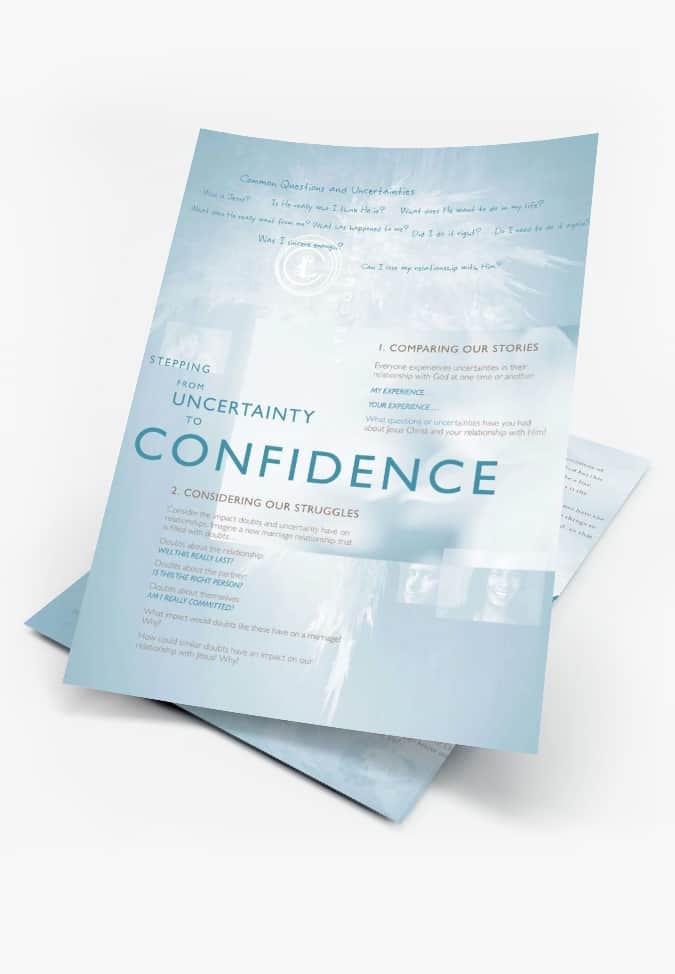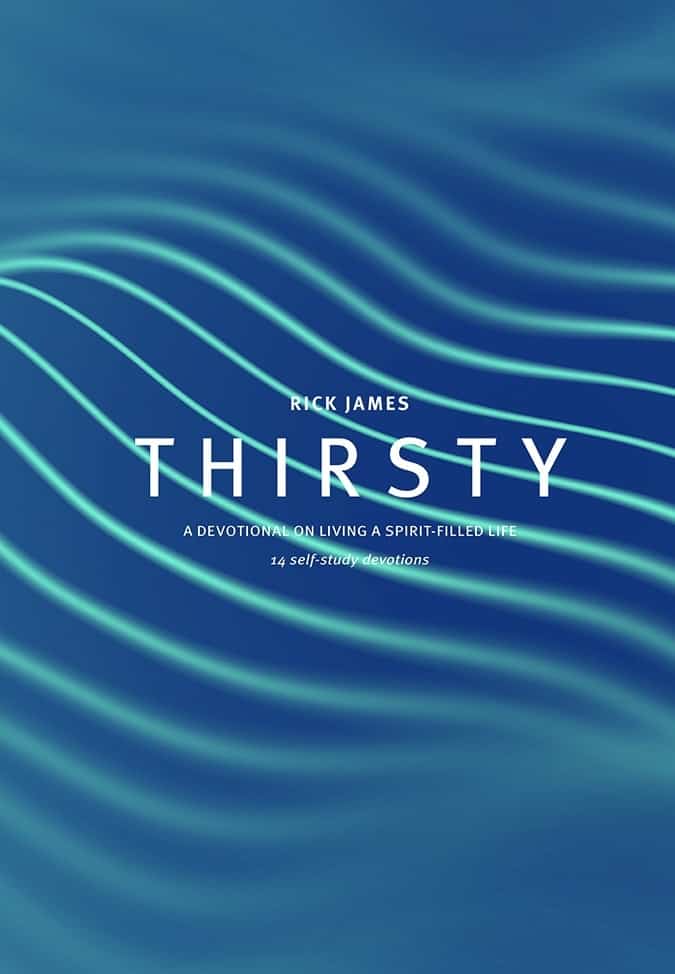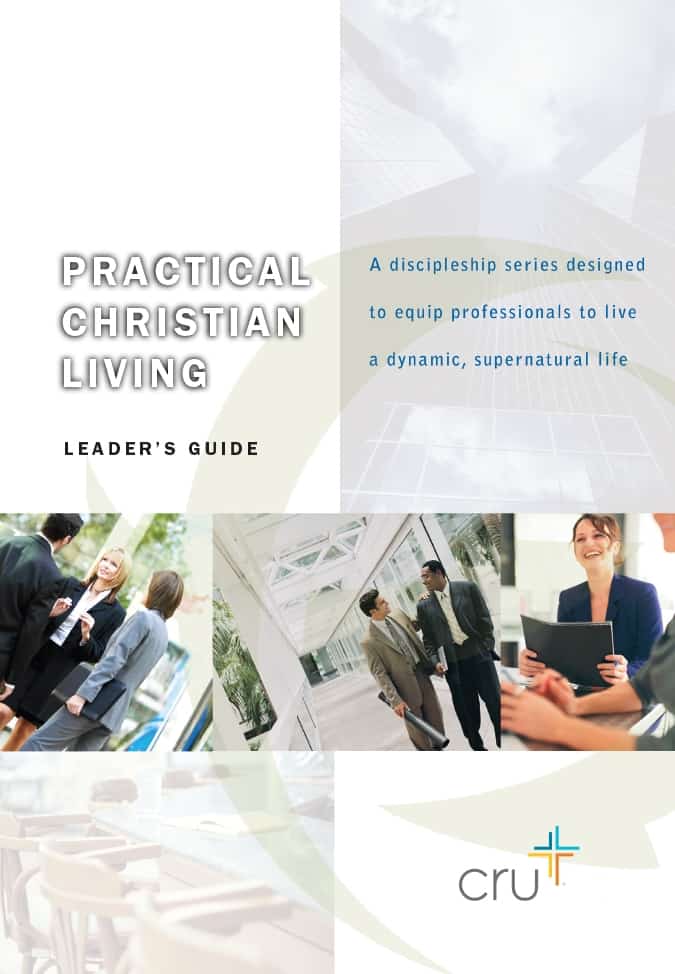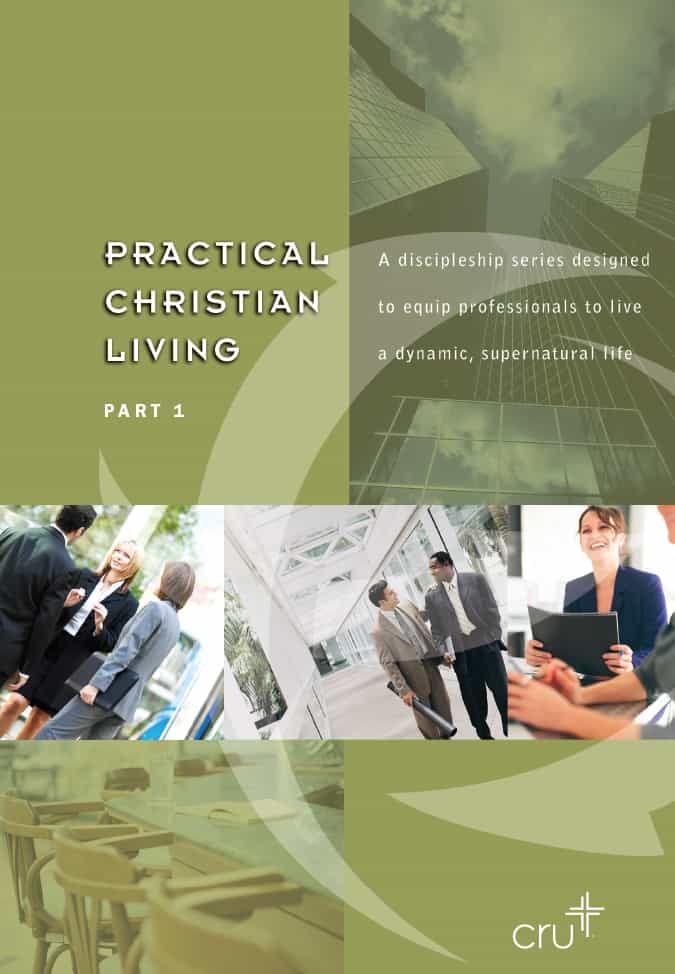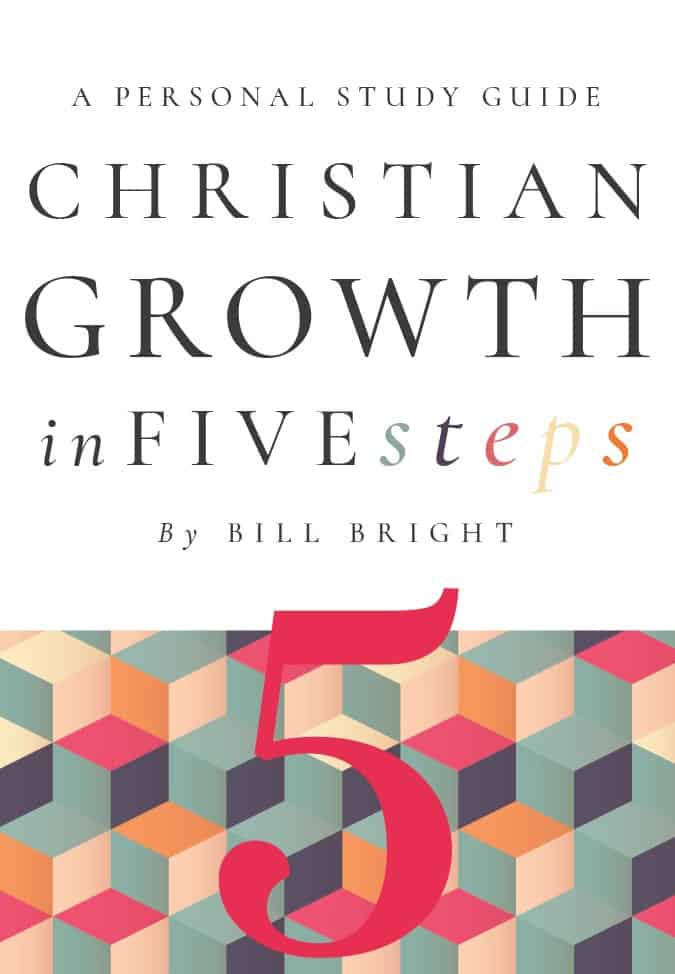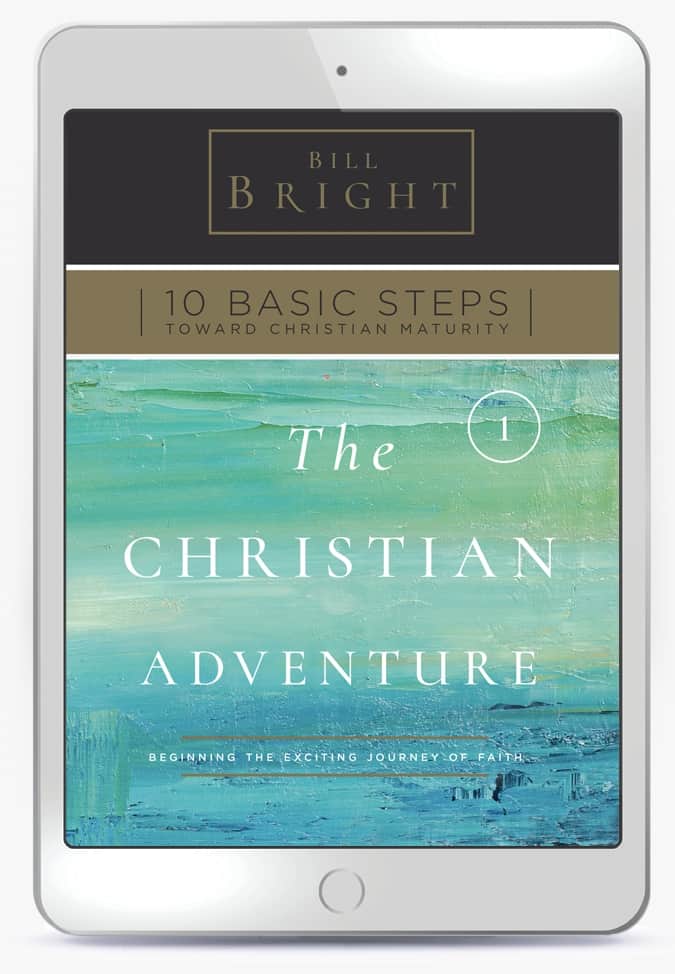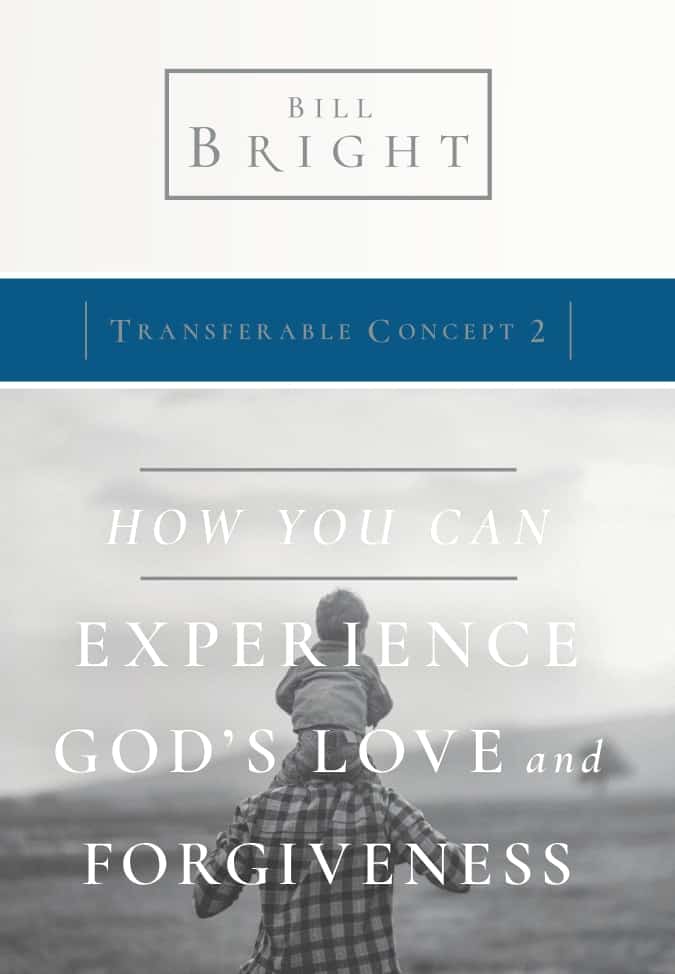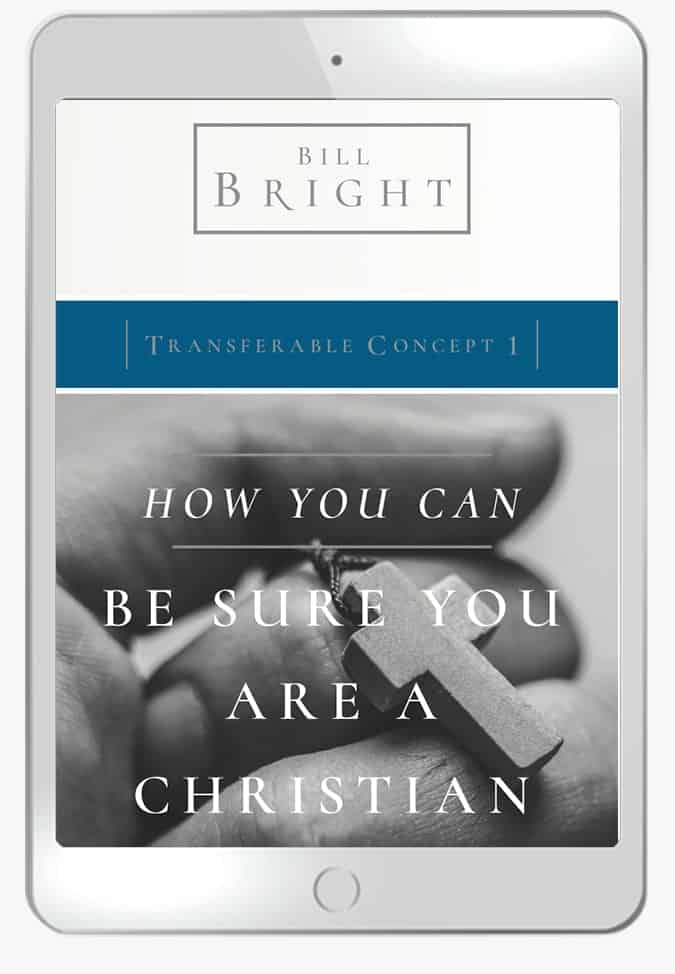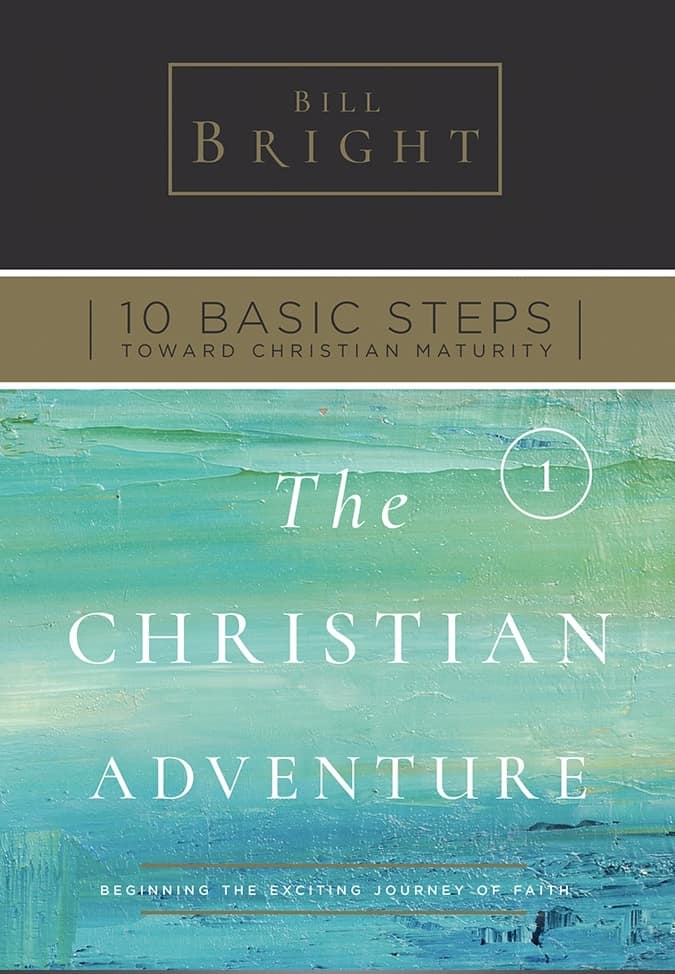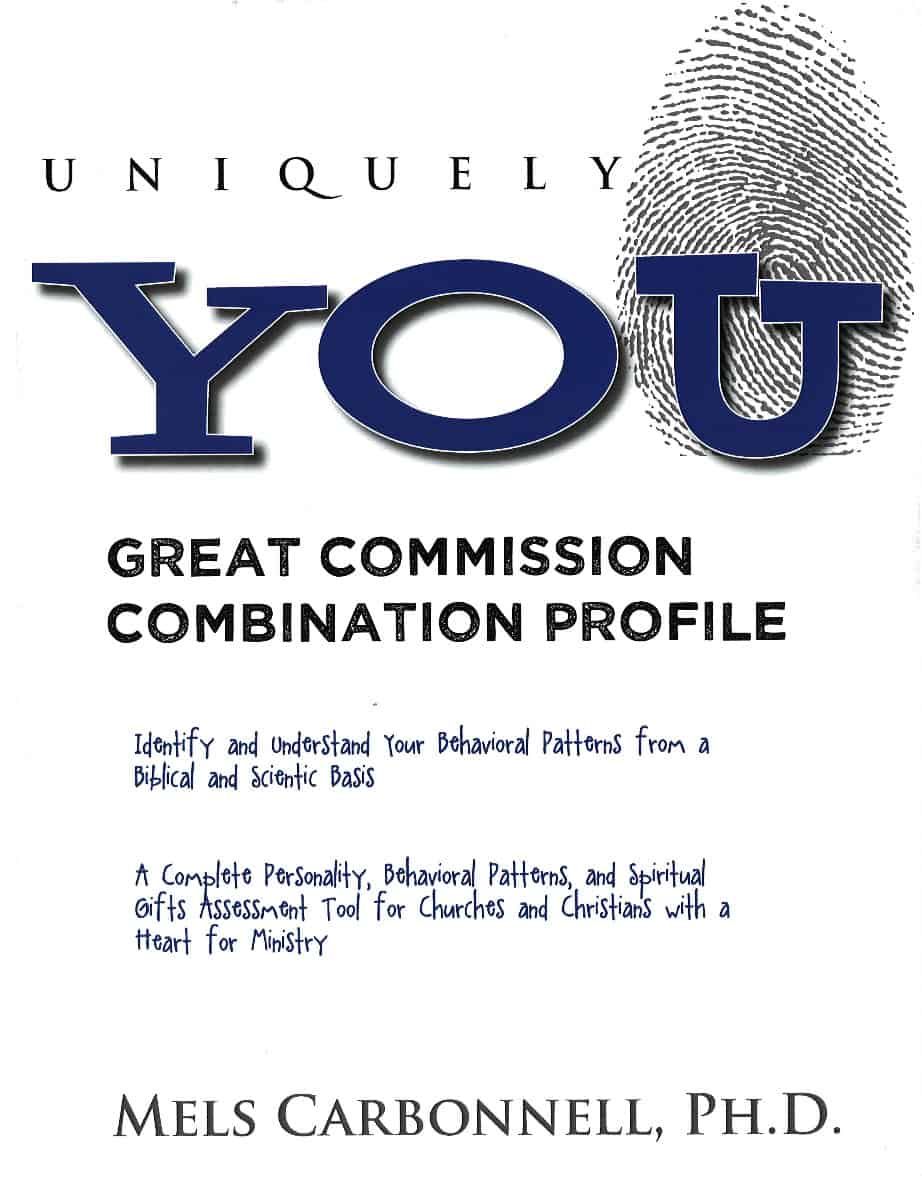How Should I View the Refugee?
Photos by Emilie Vinson
He was Middle Eastern, muscular, with black hair, cropped short on the sides. He was traveling alone as he stood in the registration line amid families who had exited the same bus moments earlier.
He’s what I imagined ISIS might look like if it were standing in line, moving through Europe.
In September 2015, the Syrian Civil War and the Islamic State group’s increased control in Iraq and Syria created a mass migration of refugees seeking asylum in Europe.
I had traveled to Croatia for different reasons but found myself dropped on history’s doorstep.
This was my first experience at a border crossing. It was overwhelmed by refugees, which prompted the same questions many others had then and have had since:
- Am I safe?
- Are terrorists secretly traveling among the refugees?
- How will this change the world I live in?
Embracing This Global Reality
According to UNHCR (the UN Refugee Agency), as of June 2017, there were 65.6 million forcibly displaced people worldwide. About 22.5 million are refugees.

It’s the highest level of displacement in history.
The ongoing crisis in Syria is just one of many situations around the world forcing people from their homes. Myanmar, South Sudan, Yemen and other locations are experiencing conflict and unrest.
Before I landed in Croatia, I knew very little about the Syrian situation. I had intentionally scrolled past the pictures and articles posted on Facebook. They were uncomfortable and overwhelming.
But remaining ignorant of these realities doesn’t change the fact that they will affect us. This current wave of mass migration is changing the face of the world we know it.
What about My Safety?
“We hear about ISIS in the media,” my mom said during one of my calls home from Croatia, “how they could come through with everyone else.”
I thought of the man in the registration line and how he fit my image of what ISIS might look like.

The media may stoke these fears to a heightened level, but they’re entirely natural. There are people in the world who want to inflict terror and harm.
Christine, a woman I met in Croatia, summed it up well:
“We think sometimes in Europe — I think in America as well — we have a phobia of Muslim people and forget that they are also humans.”
Was the man I saw at the border a terrorist? I don’t know. Probably not. But that’s not the point.
The point is that it doesn’t matter. The point is that he was a human being — a man who was hungry and needed a cup of soup. It is in that space that God asks us to respond.
A Shift from Fear to Love
Christine showed me what it looked like to respond with love, not fear. The 48-year-old Swiss mother of two had been volunteering at the border for seven days when I met her.
Each morning, she purchased about 500 pounds of bananas and delivered them to the refugee compound, which housed thousands. The police called her “The Banana Lady.”
She slept, when there was time, in the back seat of the black truck she arrived in. There were no showers in the camp, so she hadn’t showered since she arrived.
She looked past the political friction the refugees were stirring up and saw human beings.
She embodied Zechariah 7:9-10 (Good News Bible):

“Long ago I gave these commands to my people: ‘You must see that justice is done, and must show kindness and mercy to one another. Do not oppress widows, orphans, foreigners who live among you, or anyone else in need.’”
Jesus, who taught us to love our enemies, embodied this even more.
His model of unconditional love to all people is both a challenge and a source of empowerment. Because His perfect love drives out fear (1 John 4:18), I can move toward someone who may wish to do me harm with confidence and love. Jesus is with me.
Love Changes Others — and Ourselves
A volunteer at the border ran up to the solo traveler, carrying a tray of clear plastic cups half full of chicken broth and noodles. He smiled as he handed the traveler a cup, and the man smiled back — a smile that reached all the way up to his eyes.
He looked a lot like one of my older brothers after that, just with a darker complexion.
For another example of loving and serving refugees well, see the article “How to Offer Refugees a Warm Welcome.” You can also see what organizations like Samaritan’s Purse and GAiN are doing and partner in their work.







